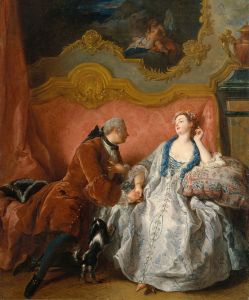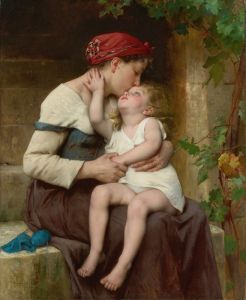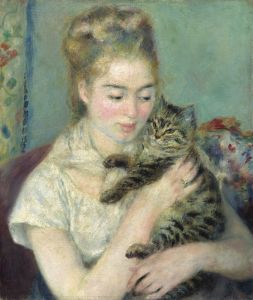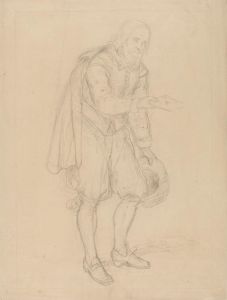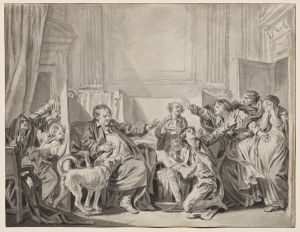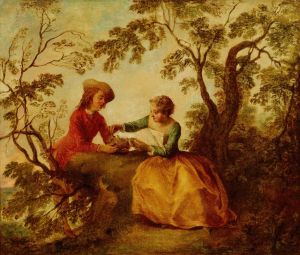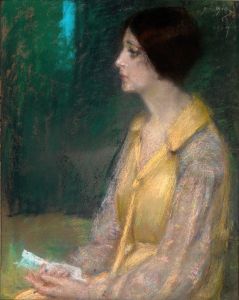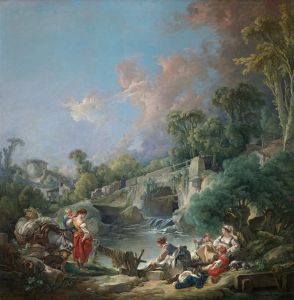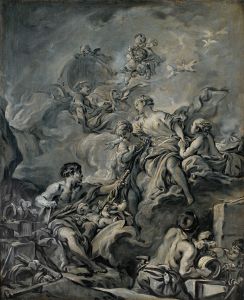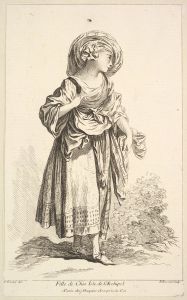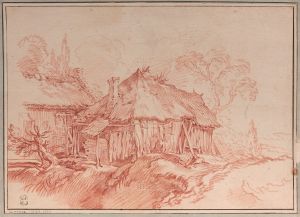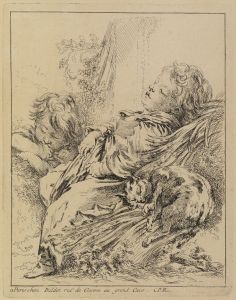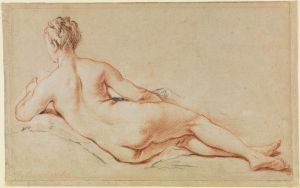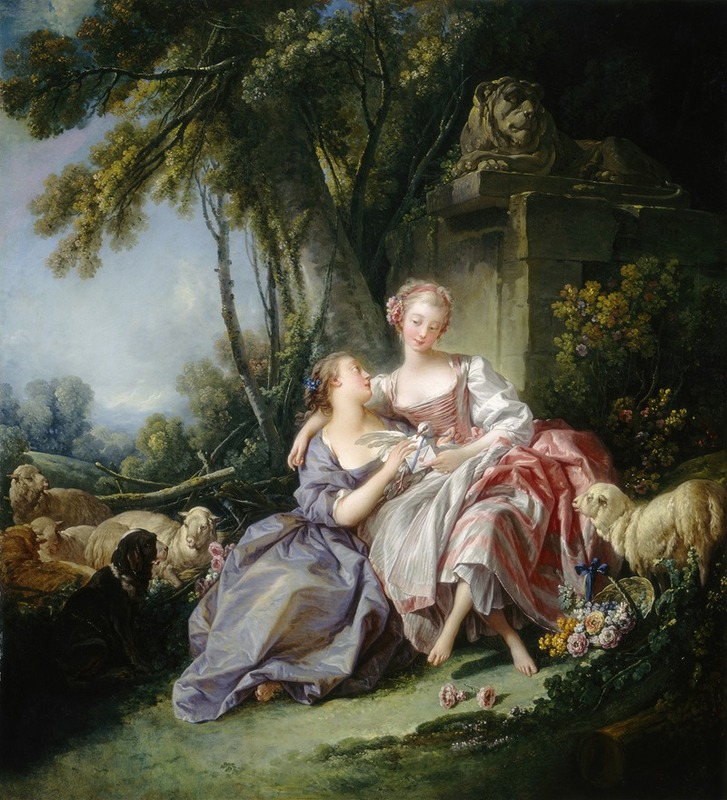
The Love Letter
A hand-painted replica of François Boucher’s masterpiece The Love Letter, meticulously crafted by professional artists to capture the true essence of the original. Each piece is created with museum-quality canvas and rare mineral pigments, carefully painted by experienced artists with delicate brushstrokes and rich, layered colors to perfectly recreate the texture of the original artwork. Unlike machine-printed reproductions, this hand-painted version brings the painting to life, infused with the artist’s emotions and skill in every stroke. Whether for personal collection or home decoration, it instantly elevates the artistic atmosphere of any space.
François Boucher's "The Love Letter" is a celebrated example of 18th-century Rococo art, a style characterized by its ornate detail, lightness, elegance, and exuberant use of color. Boucher, a prominent French painter, was known for his idyllic and voluptuous paintings on classical themes, decorative allegories, and pastoral scenes. "The Love Letter" exemplifies his mastery in depicting intimate and playful scenes with a sense of grace and charm.
Created in 1750, "The Love Letter" is a quintessential Boucher work, showcasing his ability to capture the nuances of human emotion and interaction within a beautifully composed setting. The painting features a young woman, elegantly dressed in the fashion of the time, seated in a luxurious interior. She is absorbed in reading a letter, presumably a love letter, which adds an element of narrative intrigue to the scene. The woman's expression is one of gentle contemplation, suggesting the personal and emotional significance of the letter's contents.
Boucher's use of color in "The Love Letter" is particularly noteworthy. The palette is soft and harmonious, with pastel hues that enhance the painting's romantic and intimate atmosphere. The artist's skillful use of light and shadow adds depth and dimension to the scene, highlighting the textures of the woman's clothing and the opulent surroundings. The attention to detail in the rendering of fabrics, furnishings, and decorative elements reflects Boucher's keen eye for the luxurious and the exquisite.
The composition of "The Love Letter" is carefully balanced, with the figure of the woman serving as the focal point. Her placement within the frame draws the viewer's eye, while the surrounding elements, such as the drapery and furniture, create a sense of enclosure and privacy. This compositional technique enhances the painting's theme of personal reflection and intimate communication.
Boucher's work was highly regarded during his lifetime, and he enjoyed the patronage of influential figures, including Madame de Pompadour, the official chief mistress of King Louis XV. His paintings were sought after for their beauty and decorative appeal, and "The Love Letter" is a prime example of why his work was so admired. The painting captures the essence of Rococo art, with its emphasis on elegance, sensuality, and the pleasures of life.
Today, "The Love Letter" is housed in the National Gallery of Art in Washington, D.C., where it continues to be appreciated by art lovers and scholars alike. It remains a testament to Boucher's artistic skill and his ability to convey the subtleties of human emotion and interaction through his art. As a piece of cultural history, "The Love Letter" offers insight into the artistic tastes and social mores of 18th-century France, reflecting the era's fascination with romance, beauty, and the art of communication.





